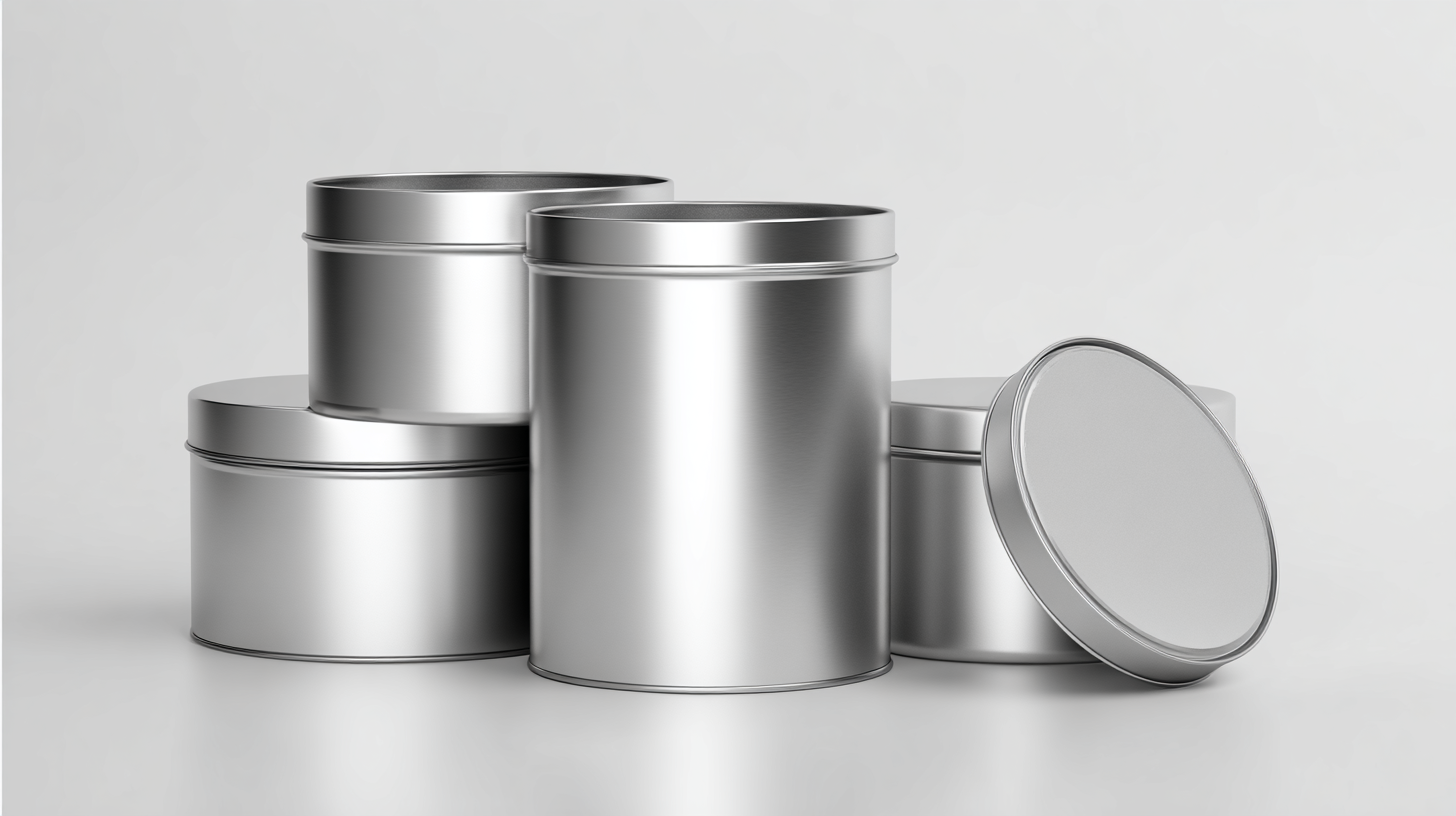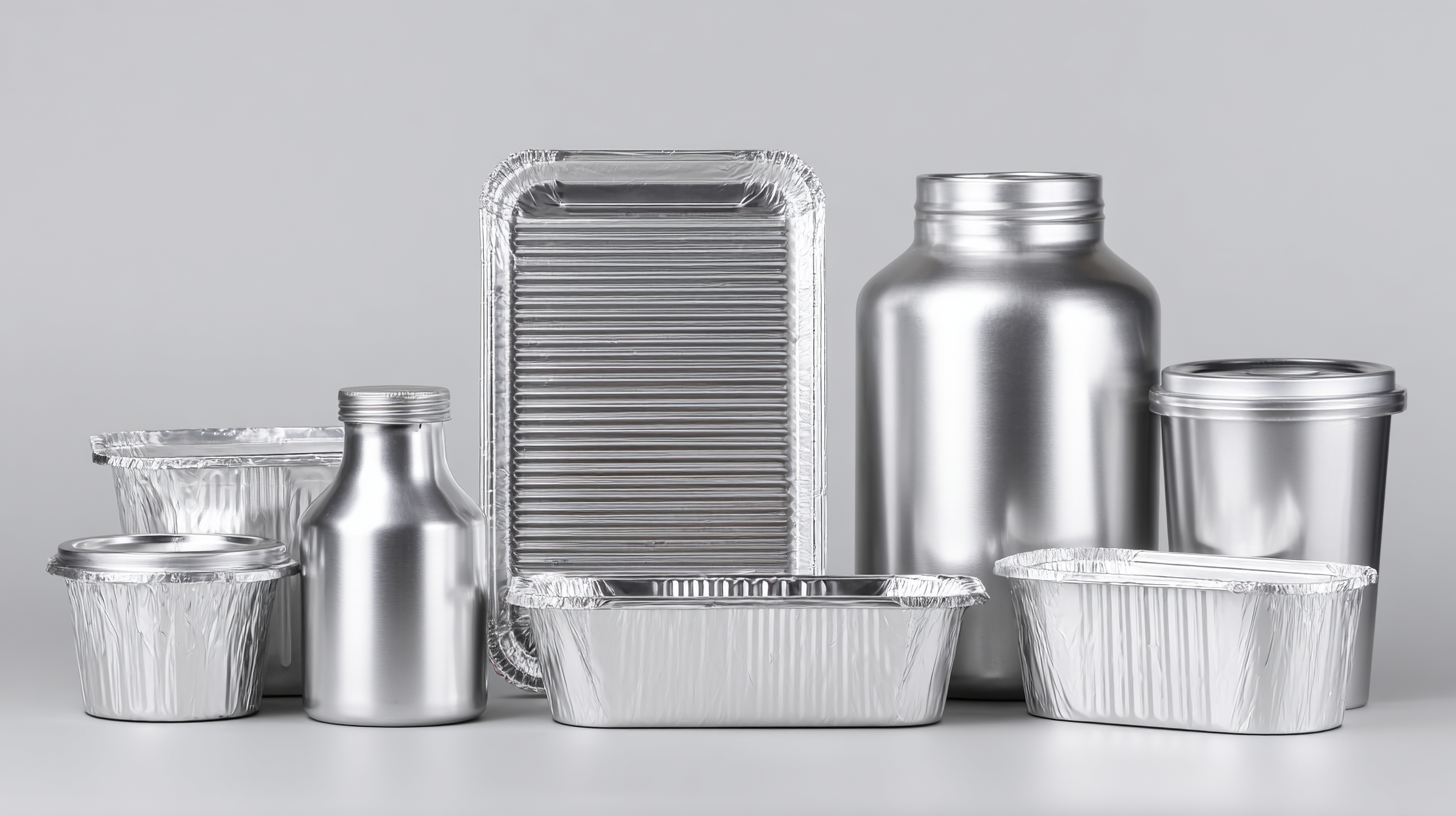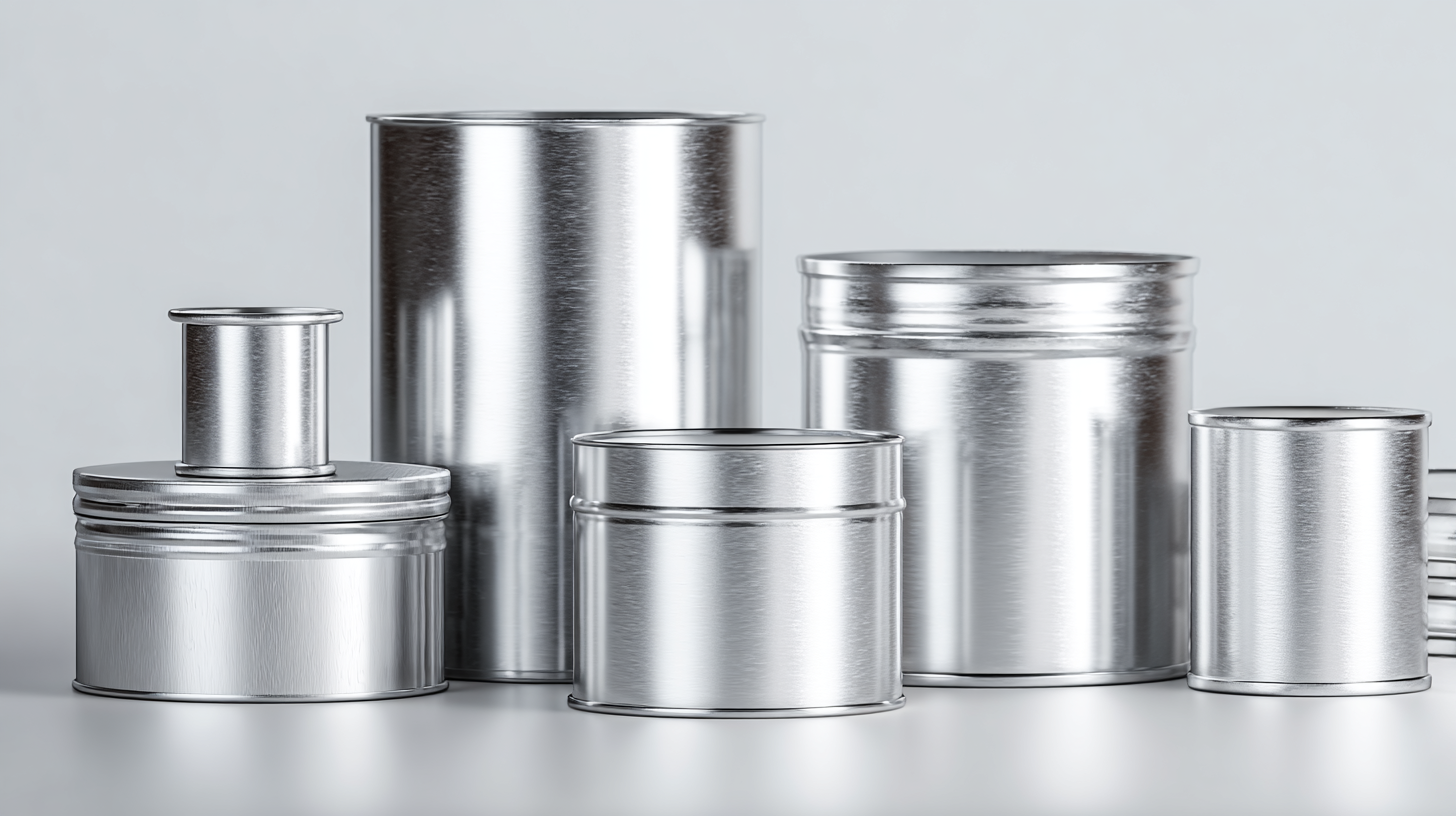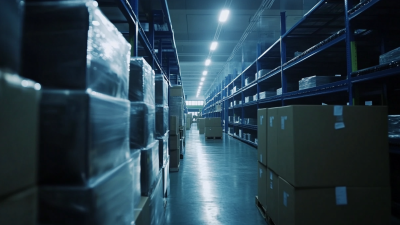 +817089618688
+817089618688
Free Standard Samples can be provided for you to check the quality.
Leave Your Message
The growing emphasis on sustainability in packaging solutions has led to a renewed interest in aluminum containers, recognized for their recyclability and minimal environmental impact. According to the Aluminum Association, over 75% of all aluminum ever produced is still in use today, highlighting the material's durability and potential for a closed-loop recycling system. As consumers increasingly demand eco-friendly options, brands are turning to aluminum containers as a viable solution to reduce waste and carbon footprint. A report from the Global Packaging Alliance indicates that aluminum packaging can achieve up to 95% energy savings as compared to traditional plastic. This shift not only supports the circular economy but also enhances brand reputation in a market that prioritizes environmental responsibility. Understanding the role of aluminum containers in sustainable packaging is crucial for businesses looking to align with these industry trends and meet evolving consumer expectations.

Aluminum containers play a crucial role in sustainable packaging solutions, offering numerous environmental benefits that align with modern sustainability goals. One of the primary advantages of aluminum packaging is its ability to be recycled indefinitely without any loss of quality or performance. This means that once an aluminum product is used, it can be repurposed into new containers, drastically reducing the need for raw material extraction and minimizing waste in landfills. Furthermore, the recycling process for aluminum requires only a fraction of the energy compared to producing new aluminum from ore, leading to significant reductions in carbon emissions.
When considering aluminum for packaging, here are some tips to enhance sustainability. First, look for products that emphasize recycled aluminum content, as this not only supports recycling efforts but also encourages manufacturers to adopt sustainable practices. Secondly, ensure that your aluminum waste is properly sorted and recycled, as this helps maintain the recycling stream and reinforces the lifecycle of the material. Lastly, choose aluminum packaging that is designed for reusability, thereby extending the lifespan of the product and reducing overall consumption. By embracing these strategies, consumers and businesses alike can contribute to a more sustainable future with aluminum packaging at the forefront.
| Dimension | Data |
|---|---|
| Recyclability Rate | 75% - 90% |
| Energy Savings in Recycling | 95% less energy compared to new aluminum production |
| Carbon Footprint Reduction | 72% reduction when using recycled aluminum |
| Lifecycle Assessment | Lower environmental impact compared to plastic |
| Duration of Use | Indefinite recycled life cycle |
| Example Applications | Beverage cans, food containers, aerosol products |
Aluminum containers have emerged as a pivotal element in sustainable packaging solutions, thanks in part to innovative recycling processes that significantly enhance their eco-friendliness. The contours of these processes often involve advanced techniques such as shredding, melting, and remolding. Through these methods, aluminum can be recycled indefinitely without loss of quality, making it an ideal choice for businesses aiming to minimize their environmental impact.
To optimize aluminum recycling, consumers play a crucial role. Firstly, ensure that your aluminum containers are properly cleaned and free of contaminants before placing them in recycling bins. This practice enhances the efficacy of the recycling process, helping to produce high-quality materials. Secondly, stay informed about local recycling guidelines, as these can vary by region. Familiarizing yourself with these guidelines allows you to maximize your recycling efforts and contribute to a circular economy.
Lastly, consider supporting brands that prioritize aluminum packaging and sustainable practices. By choosing products that utilize recycled aluminum, you help drive demand for sustainable materials, fostering a market that values eco-friendly options. Your purchasing decisions can significantly influence the industry’s direction towards a greener future.

Aluminum containers have emerged as vital players in the evolution of sustainable packaging solutions. When comparing aluminum to traditional packaging materials like plastic and glass, several eco-friendliness factors come into play. According to a report by the Aluminum Association, aluminum can be recycled indefinitely without losing quality, making it a standout choice for sustainable packaging. Approximately 75% of all aluminum ever produced is still in use today, highlighting its longevity and reduced lifecycle impact compared to single-use plastic.
Moreover, the energy savings associated with recycling aluminum are significant. The U.S. Department of Energy reports that recycling aluminum saves 95% of the energy required to create new aluminum from raw materials. In contrast, recycling rates for plastic remain considerably lower, with only about 9% of plastic waste being recycled globally according to a study by the World Economic Forum. This stark difference in recycling efficacy underscores aluminum’s superiority as a sustainable choice. As consumers increasingly seek eco-friendly products, the shift towards aluminum packaging is set to accelerate, bringing with it reduced waste and a smaller carbon footprint.
As consumers become increasingly aware of environmental issues, the demand for sustainable packaging solutions has significantly risen. Aluminum containers, in particular, have gained popularity due to their reusability and recyclability. According to a report by the Aluminum Association, aluminum is infinitely recyclable, with a recycling rate of 75% in the United States, which is considerably higher than that of other materials like plastics. This strong recycling infrastructure not only reduces landfill waste but also conserves natural resources by minimizing the need for new raw materials.
The shift towards aluminum in sustainable practices is also driven by consumer preferences. A survey conducted by the Sustainable Packaging Coalition found that 76% of consumers are willing to pay more for packaging made from sustainable materials. This growing awareness impacts purchasing decisions, prompting companies to explore aluminum as a viable alternative to traditional packaging. In addition to its ecological benefits, aluminum's lightweight nature can lead to lower transportation emissions, making it an ideal choice for brands looking to minimize their carbon footprint. As the industry continues to innovate, it's clear that aluminum container solutions are becoming pivotal in the move towards a more sustainable future.

The aluminum container industry is witnessing a significant transformation driven by advancements in technology aimed at sustainability. With the global push for sustainable packaging solutions, aluminum, due to its lightweight and recyclability, fits perfectly into the green manufacturing narrative. In fact, recent studies indicate that aluminum recycling saves up to 95% of the energy required to produce new aluminum, highlighting its potential to minimize environmental impact.
Companies in the sector are increasingly adopting innovative techniques such as advanced processing technologies and energy-efficient production methods. For instance, the integration of artificial intelligence in recycling processes enhances sorting efficiency, contributing to higher recovery rates of aluminum. These advancements not only elevate sustainability goals but also explore new market opportunities, aligning with the evolving consumer demand for green products.
Tips for Consumers:
When choosing aluminum products, look for those with a high percentage of recycled content—this helps support a circular economy. Additionally, ensure proper recycling practices; rinsing containers before disposal can significantly improve the recyclability of aluminum. By being mindful of your choices, you contribute to a greener future while encouraging the industry to invest further in sustainable technology.






